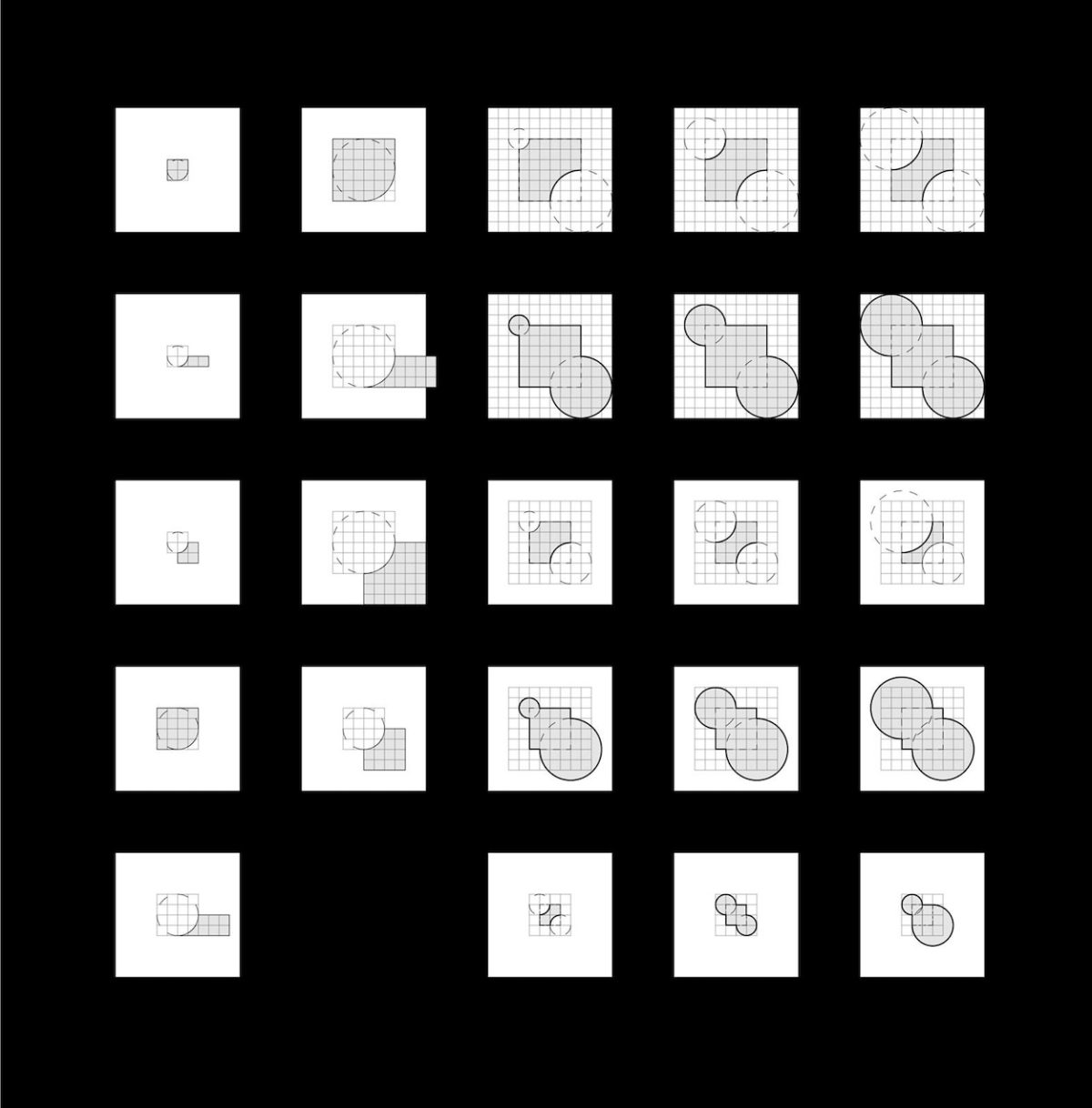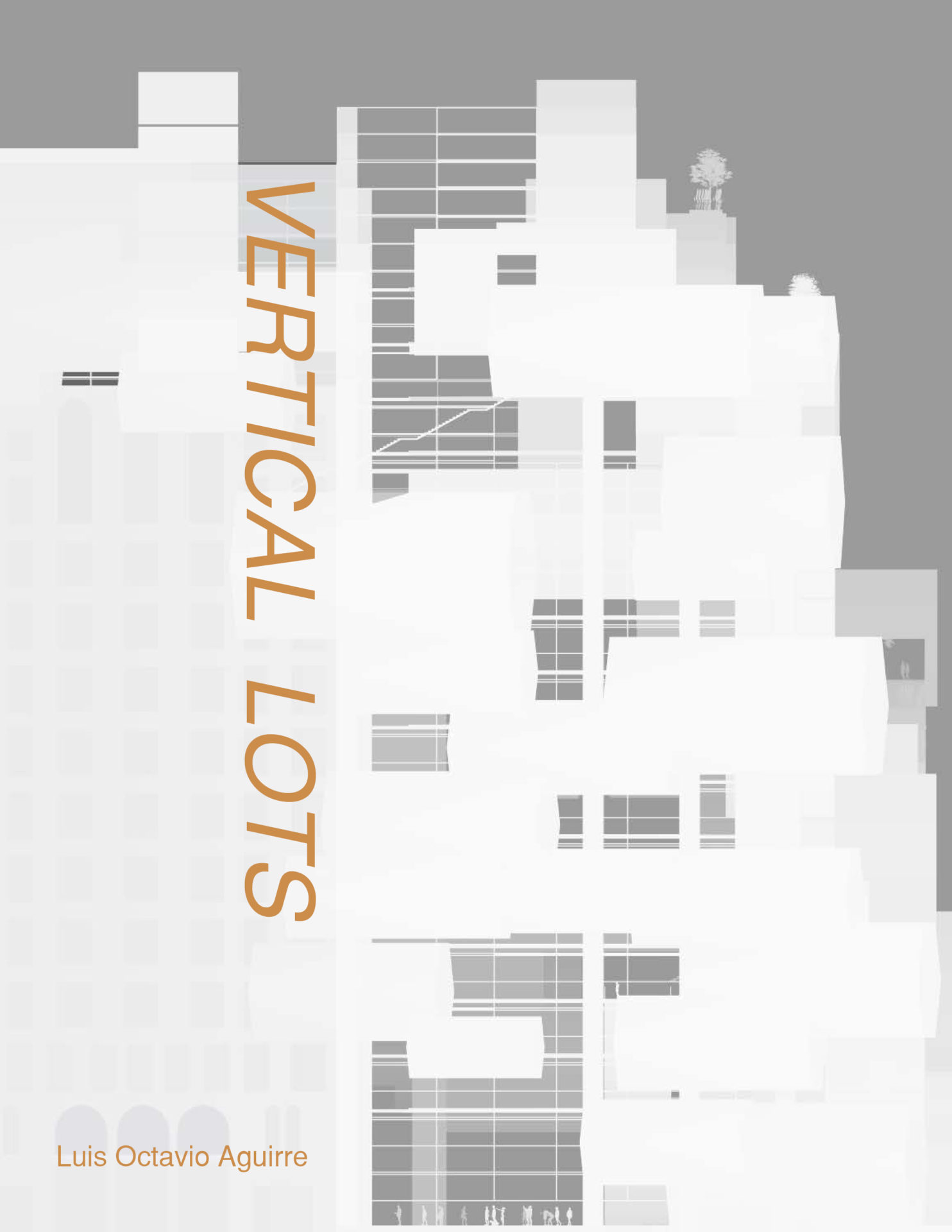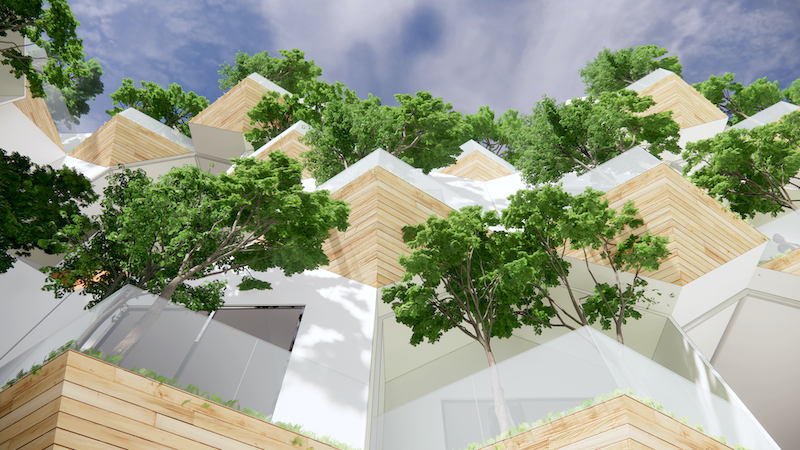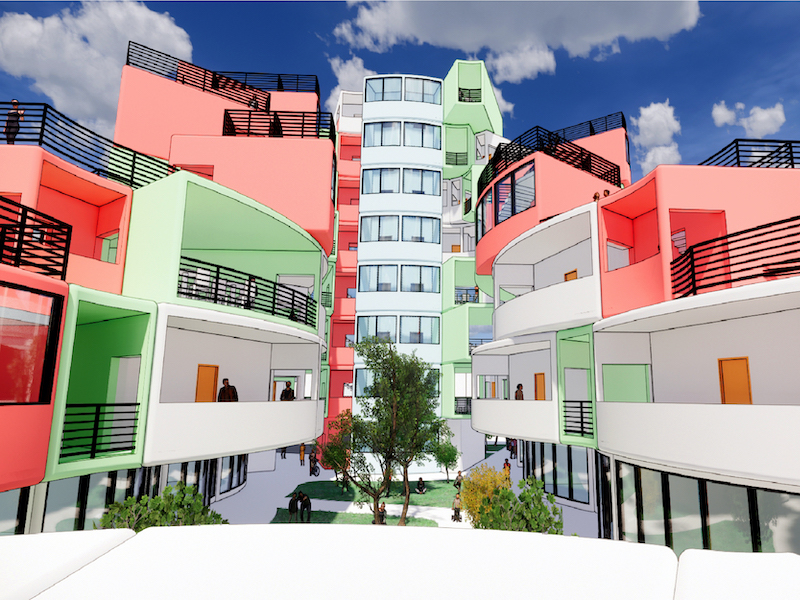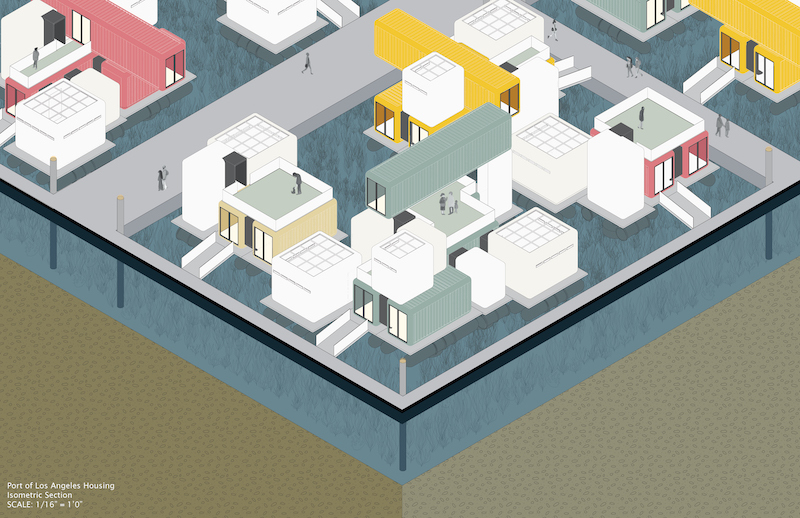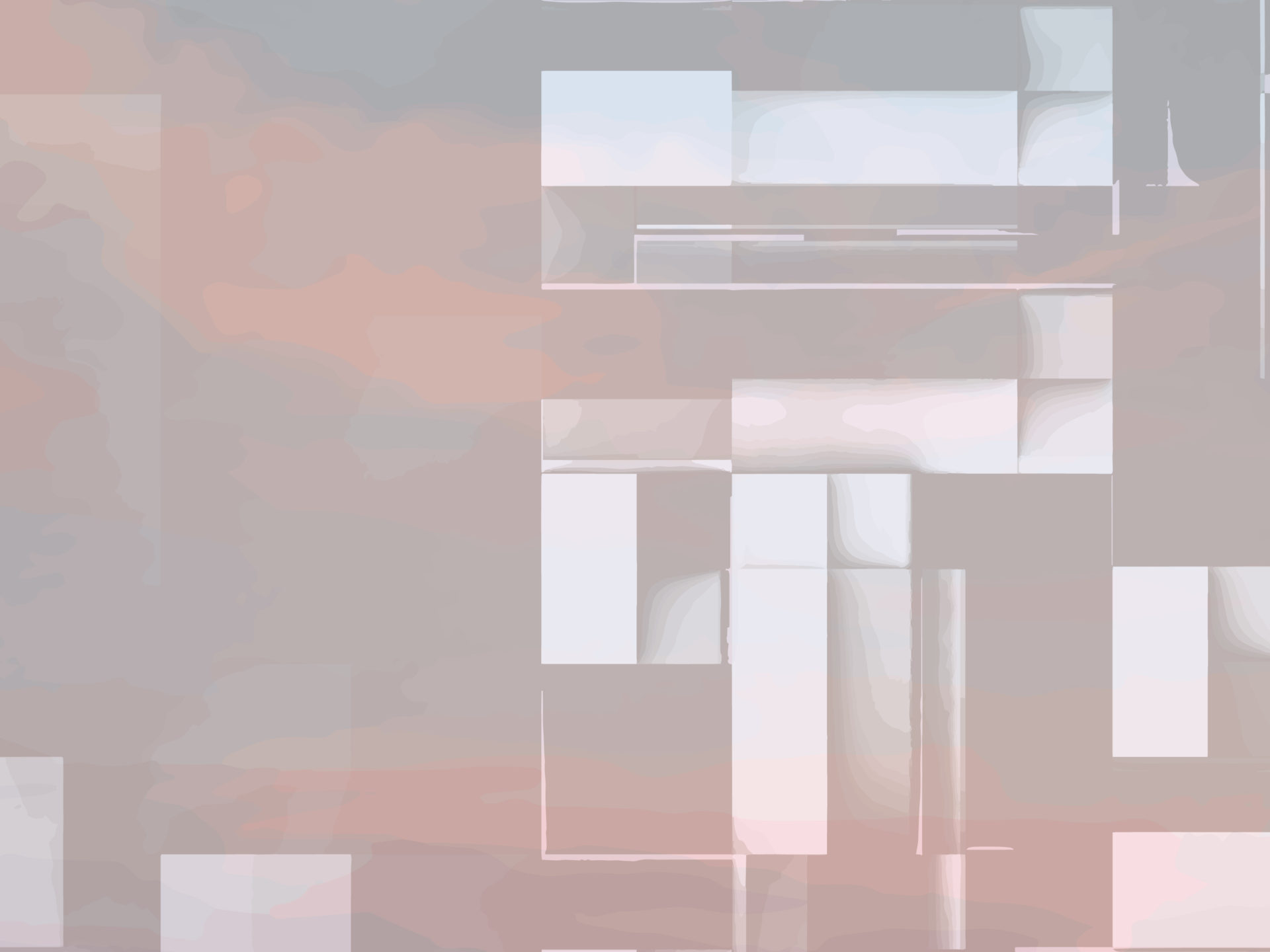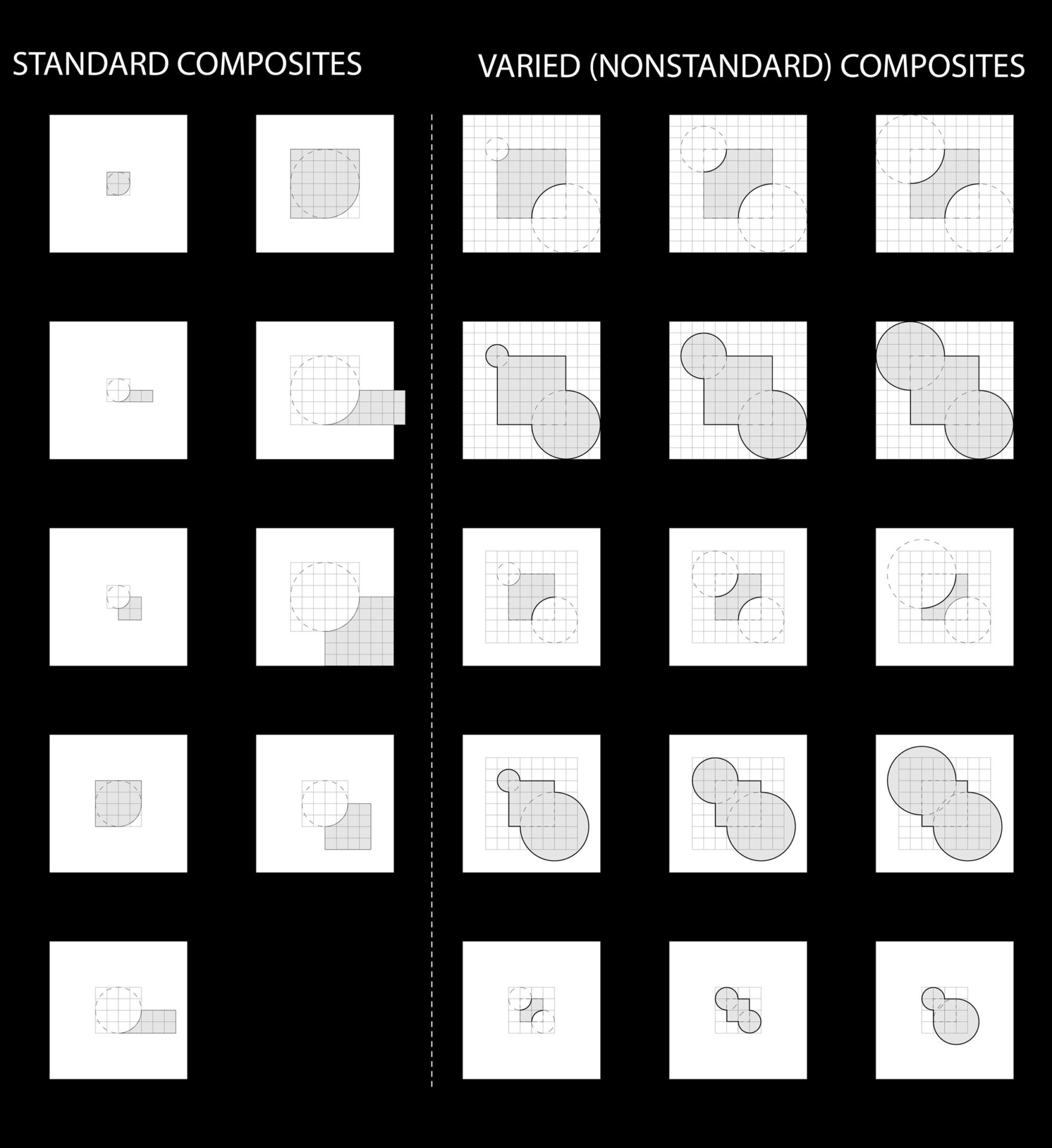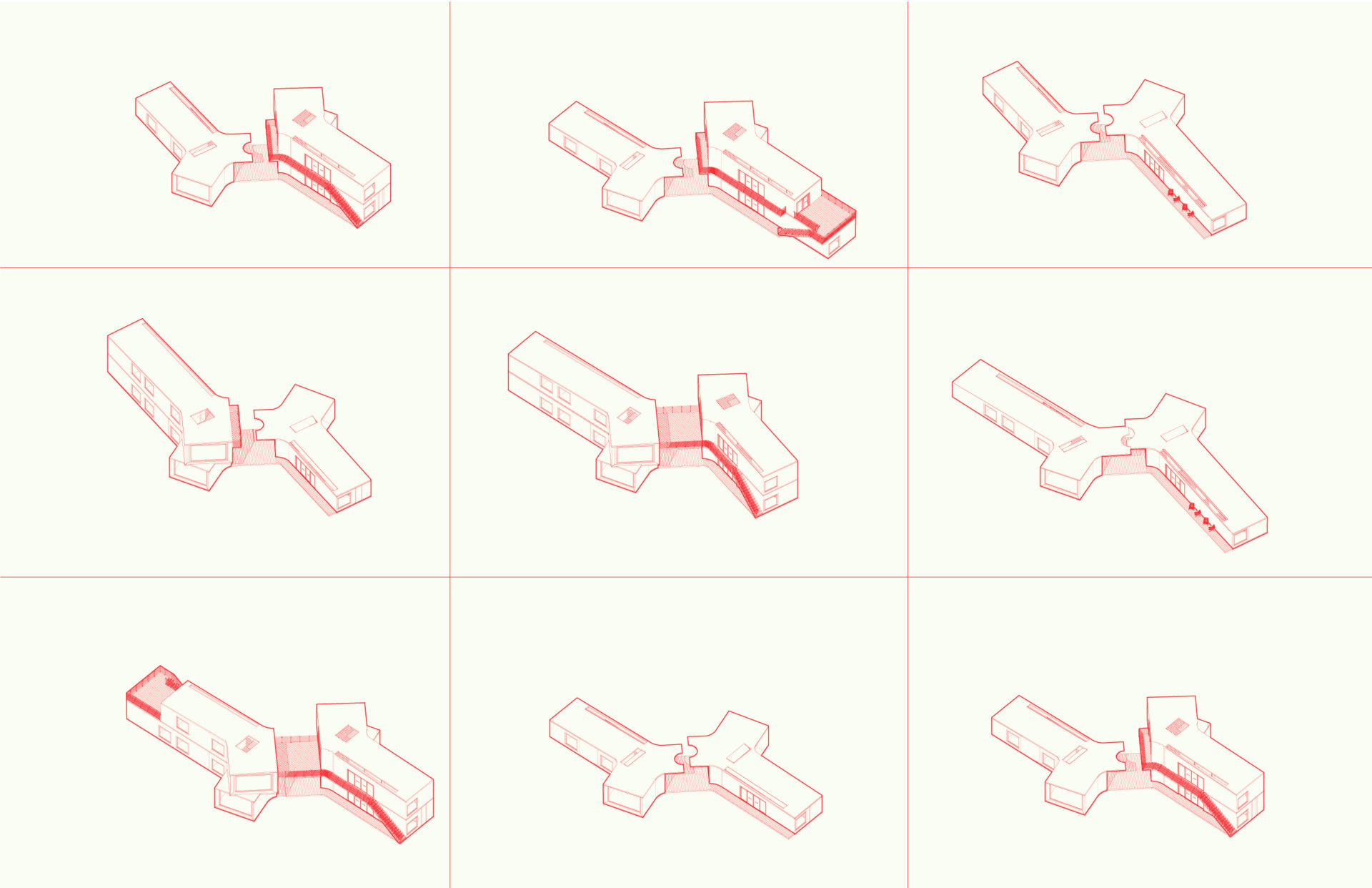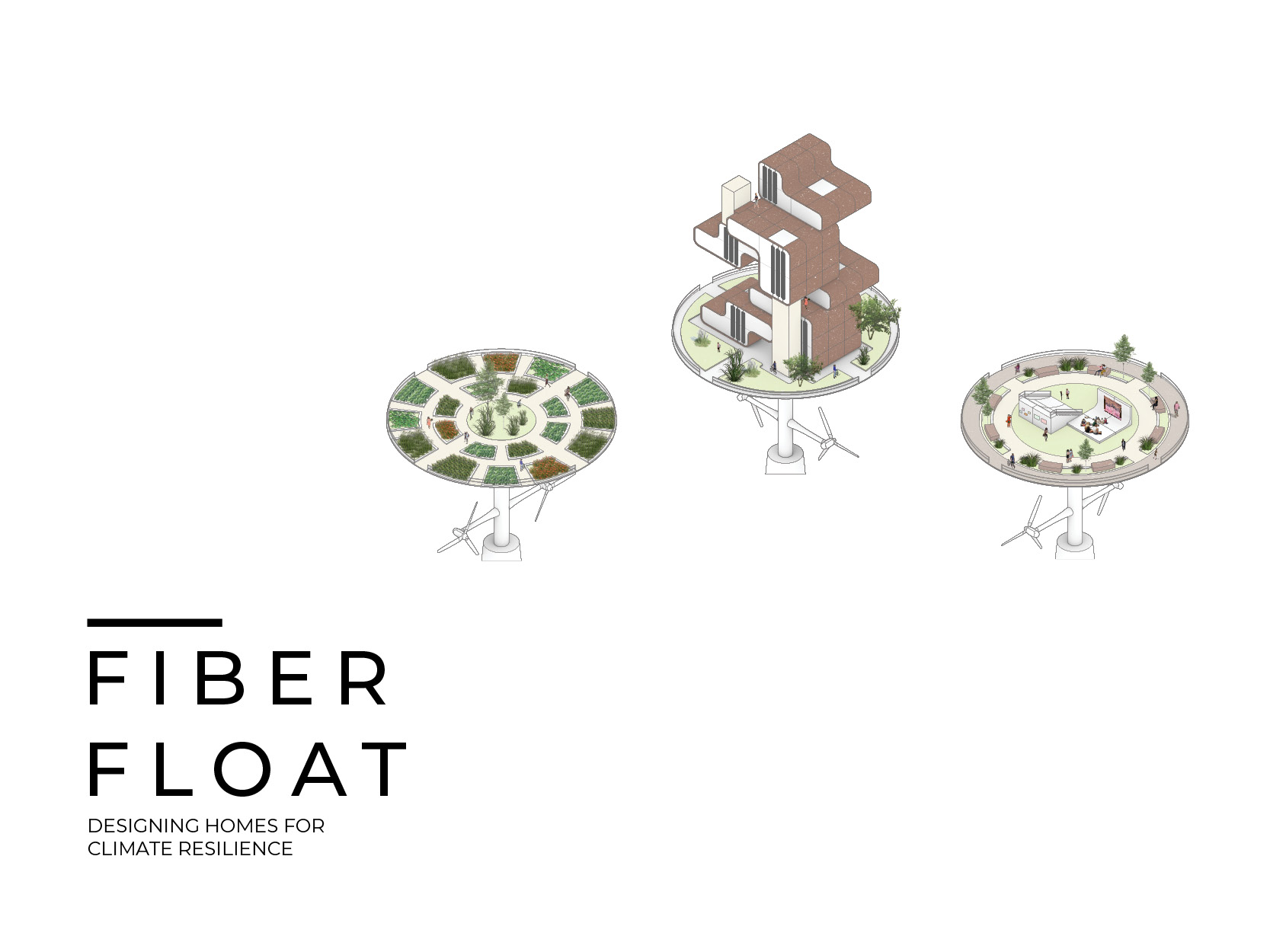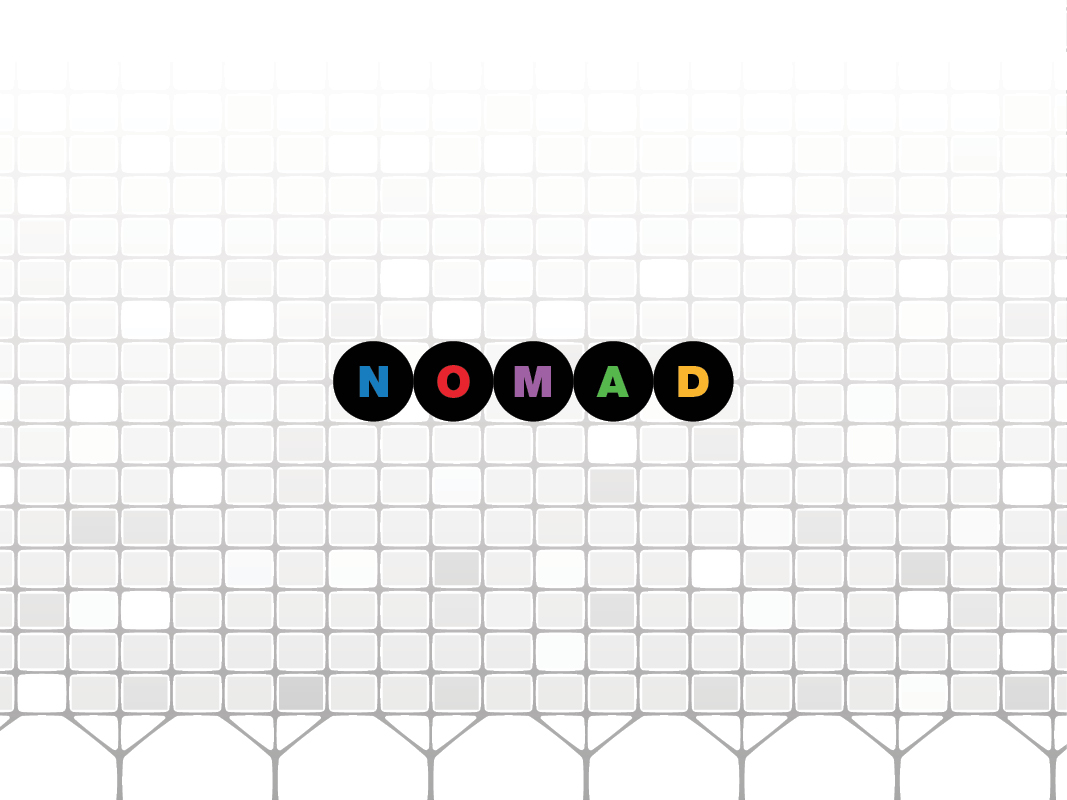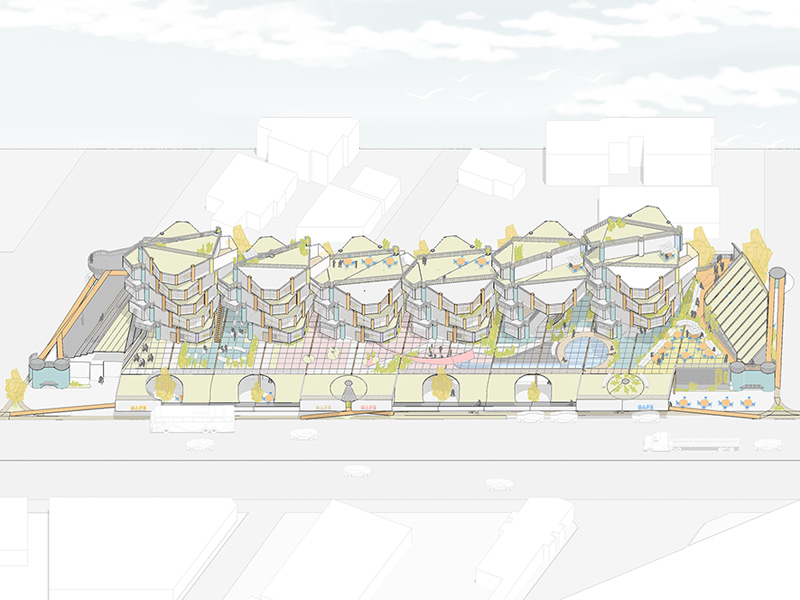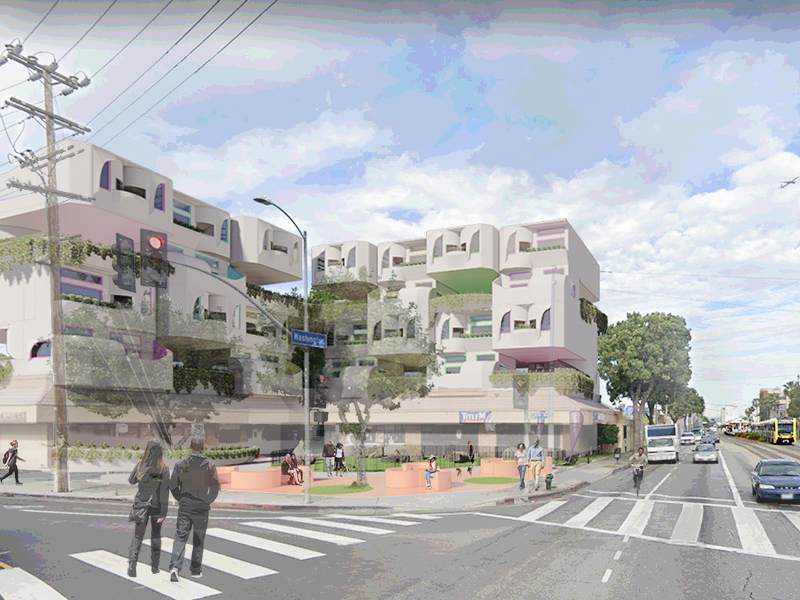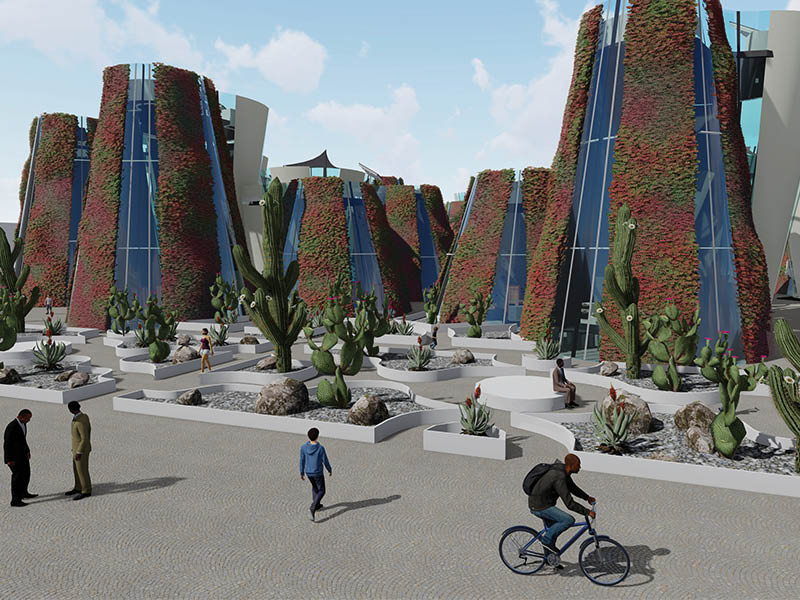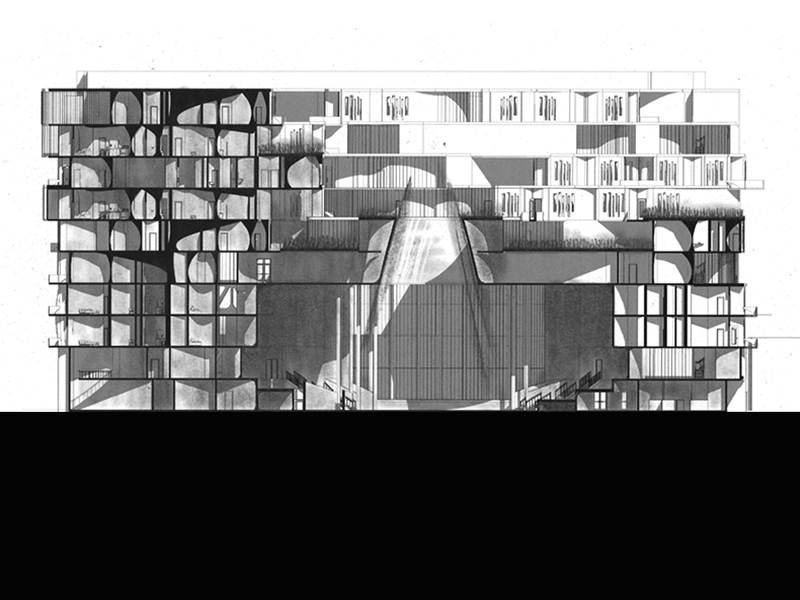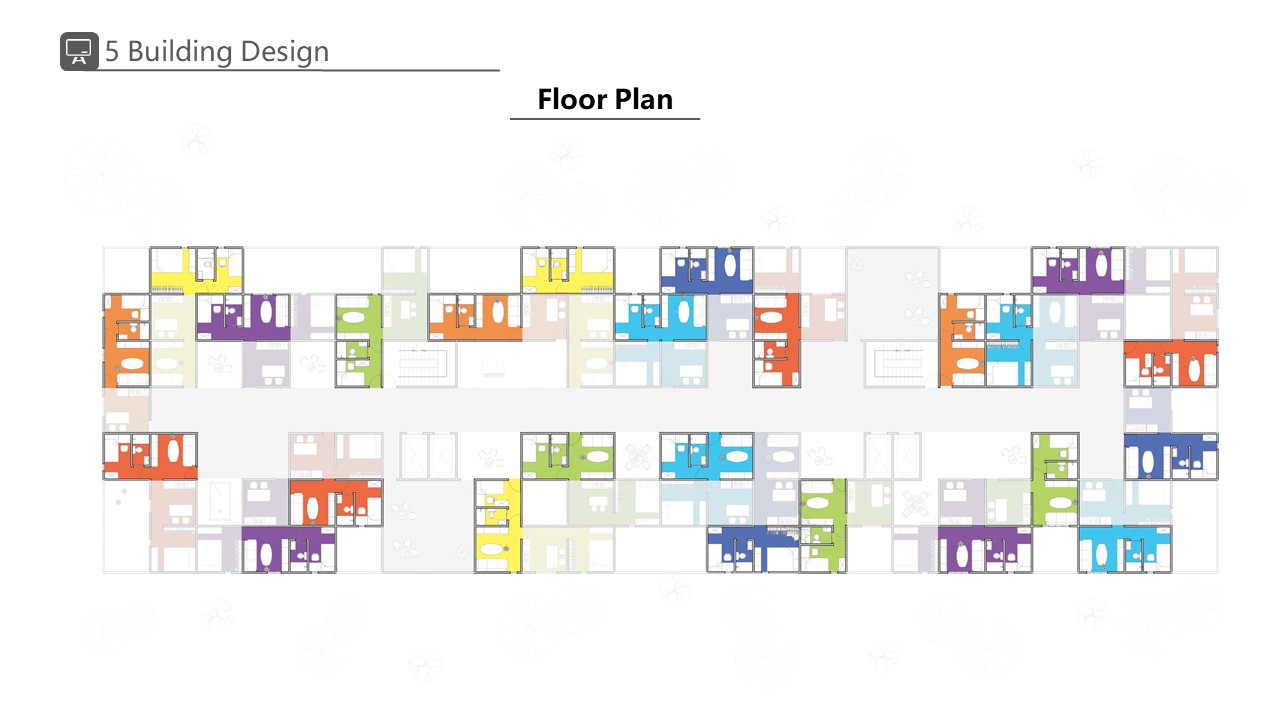Composite Figures
The graduate directed design research students in my “Composite Figures” thesis studio are exploring the creative application of multidisciplinary Fiber Reinforced Polymer (FRP) composite material innovation towards housing justice and community inclusion in Los Angeles. As Le Corbusier leveraged an industrial material technology toward a new architecture that would respond to contemporary aesthetic, technical, economic, and social forces shaping the vast demand for new housing in Europe more than a century ago, this architectural thesis studio proposes new architectural systems for the current housing crisis in Los Angeles utilizing FRP composites as the Dom-Ino proposed an architectural system for reinforced concrete. Like the Dom-Ino, the students have each invented a system for housing architecture that operates from the scale of the construction assembly to the urban master plan, leveraging an extra-disciplinary material system without currently widespread architectural use. By reexamining the centrality of housing in a post-pandemic era in the first half the twentieth century, the students have drawn contemporary parallels between modernist goals for post-pandemic housing and our new work from home culture in the twenty-first.
After analyzing housing precedents ranging from ancient civilizations to the work of the Metabolists to contemporary social housing, and pairing that research with multidisciplinary FRP precedents in naval, aerospace, and industrial engineering, students have designed prefabricated FRP composite housing modules that can be nested on trucks and assembled on site. The formal flexibility afforded by these high-strength, lightweight, low-maintenance, FRP systems allows for varied configurations of both housing units and communal spaces. The figuration of common circulation and amenity spaces reinterpret Giovanni Battista Nolli’s Nuova pianta di Roma to discover the spectrum of gray between the traditional black and white binary of public and private spaces in Los Angeles, and suggest how private, multiunit housing might enable public amenities that reinforce socially diverse, equitable, and inclusive communities. These composite figures, both literally and metaphorically, represent a future of housing in which individual parts come together to refigure and reform culturally, economically, and environmentally resilient living arrangements.
